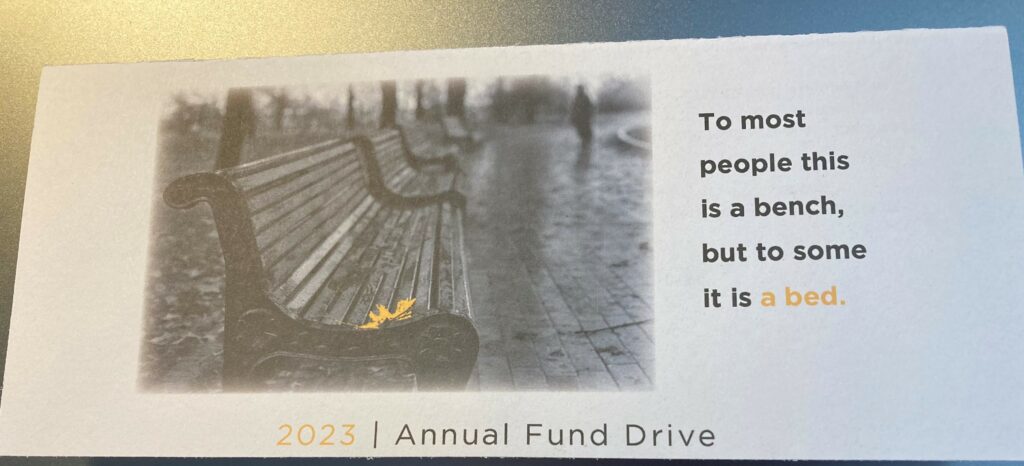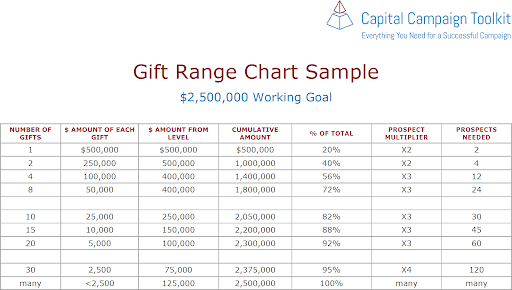A guest post by Evan Appleby at ForOurSchool.org
Effective fundraising communication is a skill that requires finesse. While over-communication risks overwhelming your audience, under-communication can mean missed opportunities. Whether you are spearheading a school math-a-thon or championing a non-profit, finding the right balance is essential to your success.
Know Your Audience
Recognize that not everyone is the same, and the right amount of communication can vary depending on the recipient.
Segmentation: Group people based on their preferences. Tailor your message and the frequency of your messaging to what is most effective for each one. For instance, some donors may appreciate weekly updates, while others may only want to be notified about campaign milestones.
Preferred Channels: Some people respond better to email, direct mail, or social media, while others prefer text messages or in-person interactions. Since the type of messaging can vary by medium, if you can determine which medium is right for each group you want to reach, you can adapt the frequency of the messaging to be aligned with the message.
Motivation: Understand why people choose to be involved with your event or organization. Are they passionate about literacy (in the case of a read-a-thon)? Are they driven by community spirit or personal connections? Knowing the message that you want to convey can also help determine the right channel to use.
Diversify Communication Channels
While bombarding potential donors or participants with 10 emails in a week is rarely effective, embracing a mix of communication methods can make frequent outreach more palatable and yield better results.
Email: Ideal for regular updates, campaign progress reports, and impact stories.
Text Messages: Quick, concise reminders or urgent calls to action.
Social Media: Great for announcements, or upcoming events.
Direct Mail: Tangible and personal—great for major donor appeals
Posters: Use these at events, community centers, or local businesses to build awareness
In-Person: Attend events, host meetings, or set-up tables to establish a more personal connection.
Navigate Among Competing Voices
Within a school or in the nonprofit ecosystem, the attention of participants or donors can be fleeting due to the many competing voices.
Other Fundraisers: Collaborate rather than compete. Share insights, coordinate efforts, and avoid duplicating messages.
Internal Stakeholders: Teachers, program managers, and board members communicate with donors too. Align your messages to avoid overwhelming supporters.
External Influences: Consider external events (e.g., national crises, holidays) that may impact your communication schedule.
Measure and Adapt
As you formulate your communication strategy, keep room for changes based on performance and feedback.
Metrics: Track open rates, click-through rates, and response. Adjust based on data.
Feedback: Listen to your audience. If they express feeling overwhelmed, it’s time to pull back.
Testing and Adaptability: Experiment with different communication frequencies and channels. Learn from what works and what doesn’t.
Effective fundraising communication is intentional, empathetic, and adaptable. Remember, sometimes saying less can yield a more significant impact.
 Evan Appleby is the CEO of ForOurSchool.org, a Math-A-Thon and Read-A-Thon platform focused on enhancing math skills, promoting literacy, and fostering community spirit. Through ForOurSchool.org, Evan is committed to not only raising essential funds for schools and organizations but also creating enjoyable learning experiences with real-world impact. When not working on the platform, you can usually find Evan on a basketball court or volunteering at his daughters’ gym classes.
Evan Appleby is the CEO of ForOurSchool.org, a Math-A-Thon and Read-A-Thon platform focused on enhancing math skills, promoting literacy, and fostering community spirit. Through ForOurSchool.org, Evan is committed to not only raising essential funds for schools and organizations but also creating enjoyable learning experiences with real-world impact. When not working on the platform, you can usually find Evan on a basketball court or volunteering at his daughters’ gym classes.




